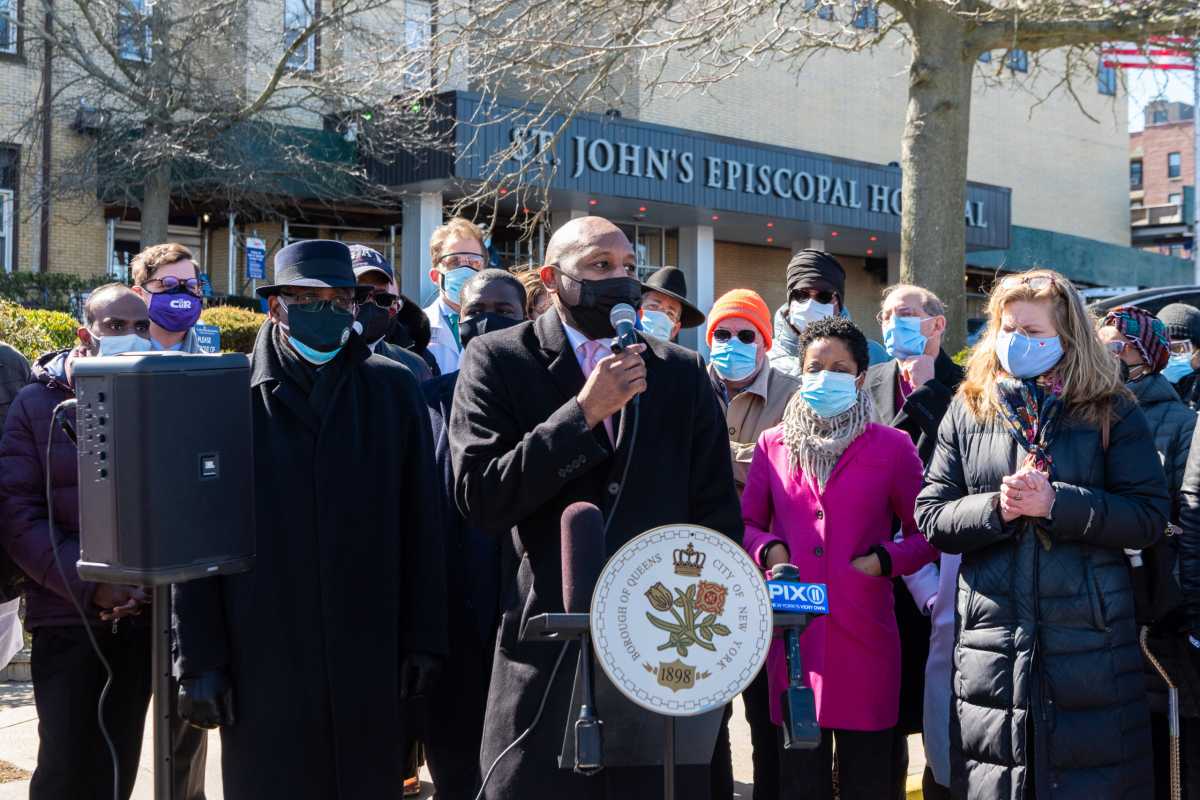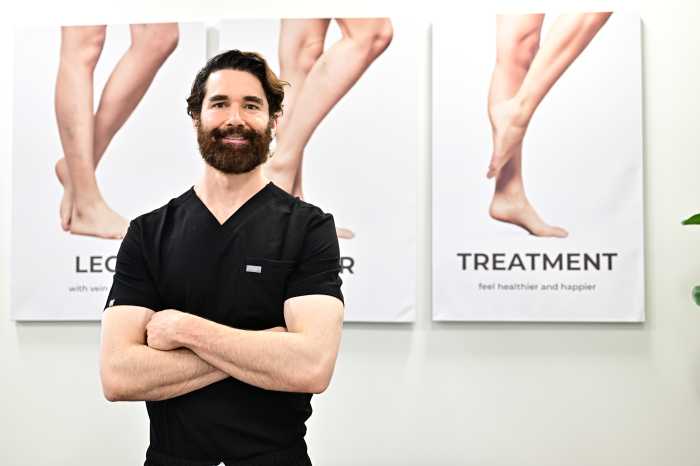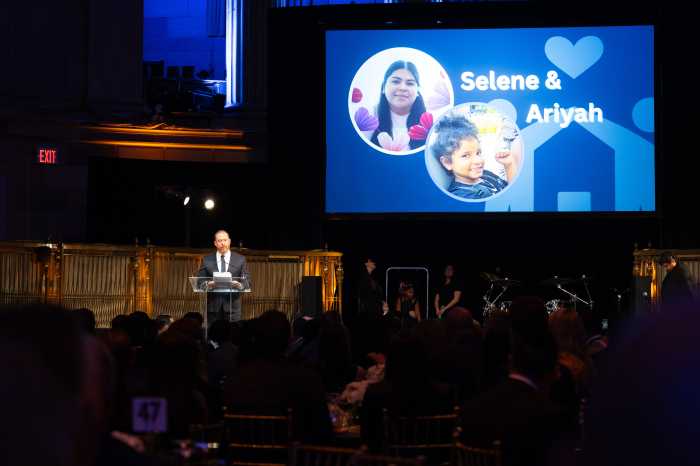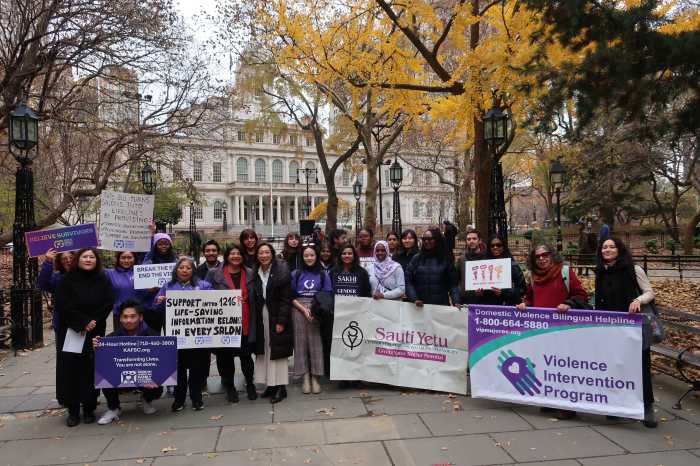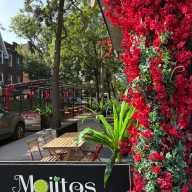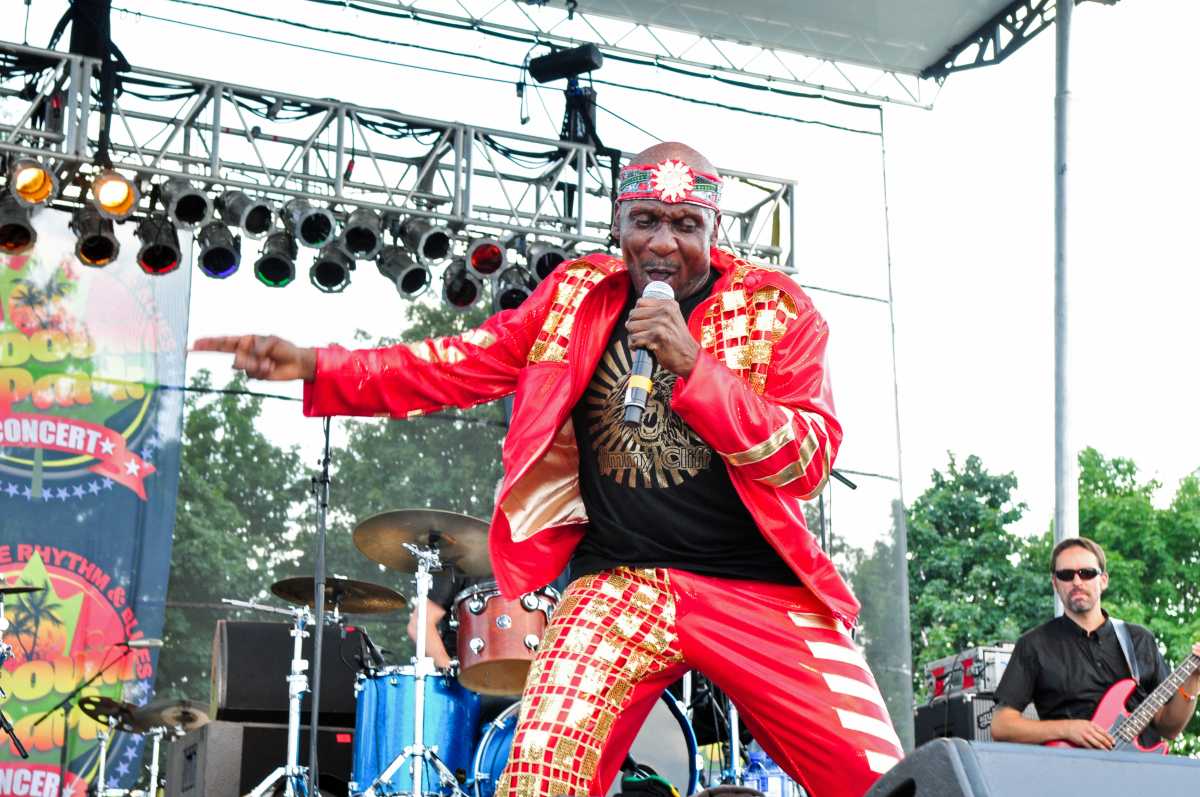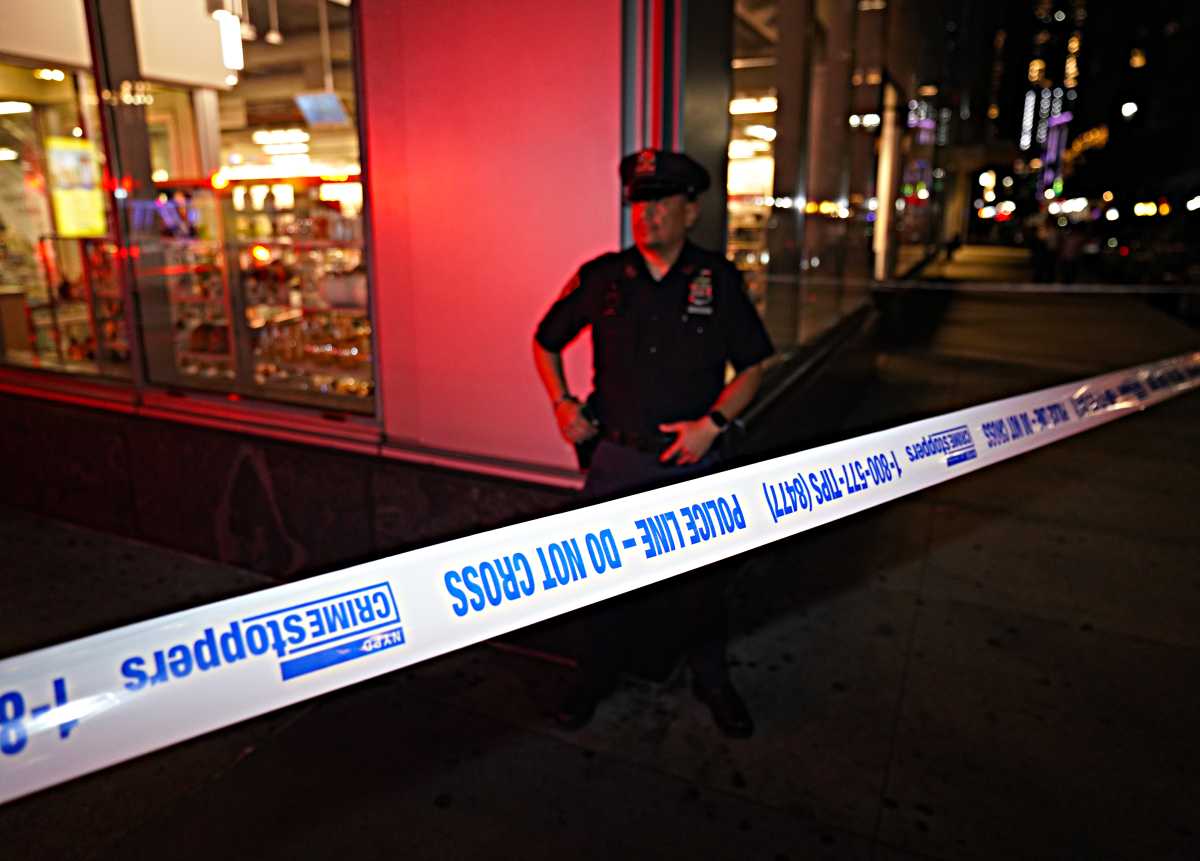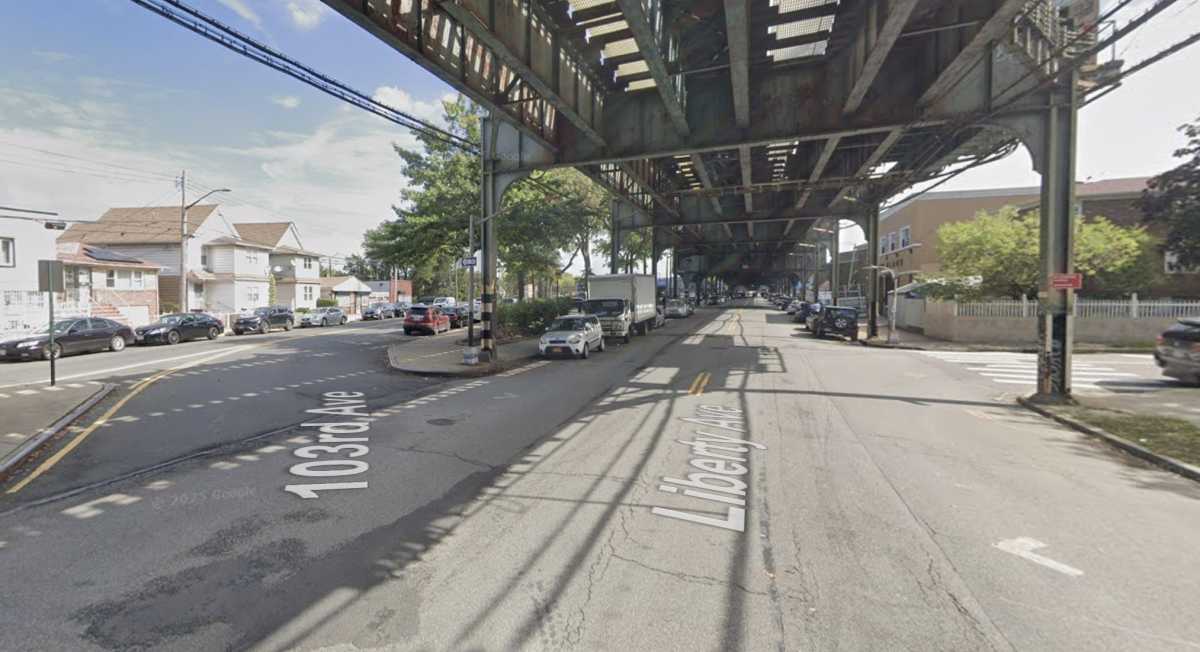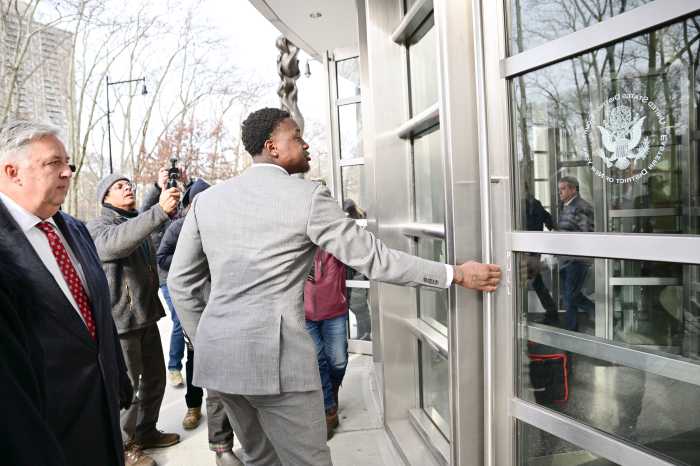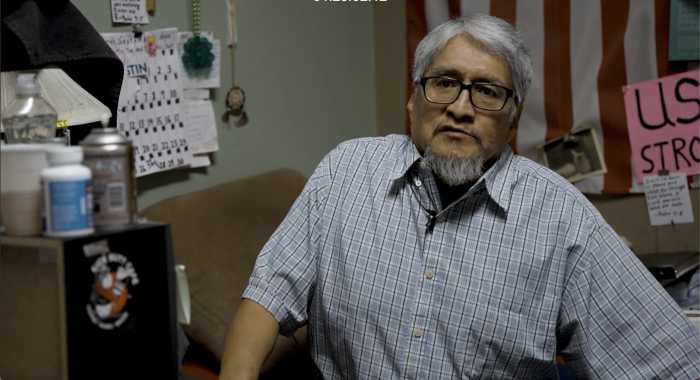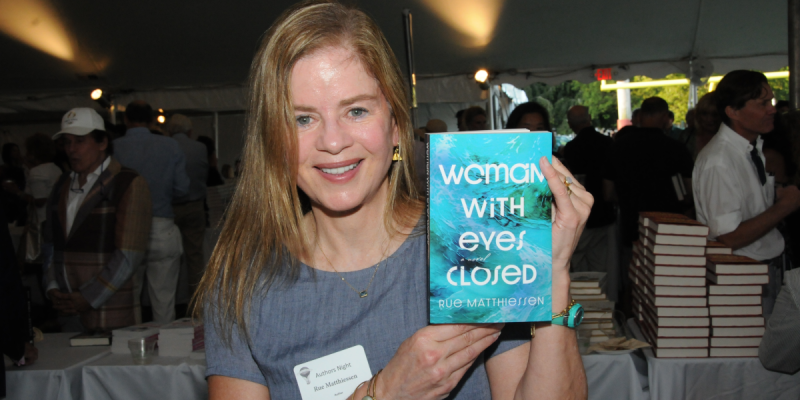Queens Borough President Donovan Richards announced during a press conference on Friday, March 5, that the state’s proposals to drastically cut capacity and services at St. John’s Episcopal Hospital (SJEH) have been put on hold by Gov. Andrew Cuomo’s office.
Richards was joined by several southeast Queens elected officials, community leaders and workers of SJEH outside of the hospital for a scheduled press conference meant to vehemently condemn the three different proposals developed by the New York State Department of Health (NYSDOH) and a consulting firm, that he said would “gut” the safety net hospital.
“Today was supposed to be a day where we would continue to fight about the […] ridiculous proposals that were put in place that would decimate this hospital,” Richards said. “But I’m happy to say based on the work of all of us coming together — and that means elected officials who came together when we got the news, including the staff of St. John’s, and most importantly, you, the community — because of you, we have got a reprieve of keeping St. John’s hospital moving.”
Elected officials explained the reprieve came within the last 24 hours, after the community rallied to stop the only full-service hospital in the peninsula — where the first COVID-19 case in Queens was identified nearly a year ago — from undergoing drastic cuts.
“We came together immediately and went to the governor’s office, and said, ‘What’s going on?'” Congressman Gregory Meeks said.
One of the proposals favored by the state, according to information shared with QNS, included transforming the hospital into a “micro hospital,” which would reduce beds from 257 to 15, close services like pediatrics and labor and delivery, and eliminate more than 1,000 jobs.
All of the proposals would mean Rockaway residents would have to travel to their nearest hospitals, between Mount Sinai South Nassau and Jamaica Hospital Medical Center, for full-service needs — which can take more than 30 minutes by car or more than an hour by public transit.
“They immediately went to work, and yesterday informed all of us, collectively, that funding for St. John’s Episcopal Hospital will maintain the same,” Meeks said.
However, the elected officials and SJEH leadership cautioned that the reprieve is only temporary.
While Bishop Lawrence C. Provenzano, who chairs the SJEH board, thanked the elected officials, the community and Cuomo for the temporary hold, he said “there is a disconnect” between the governor’s messaging about healthcare disparities and the state’s budgetary proposals.
“We’ve been here before,” Provenzano said. “It makes no real sense to any of us who are trying to provide quality healthcare to at-risk communities to have this cycle in which our state government is wanting to balance the budget on the backs of the most needy communities. Governor Cuomo himself said that the COVID-19 pandemic was so hard felt by communities at risk because prior to COVID-19 they lacked the quality healthcare […] while he was saying that very thing, the proposal was being delivered to us that would have left this hospital as a micro hospital, serving a growing community.”
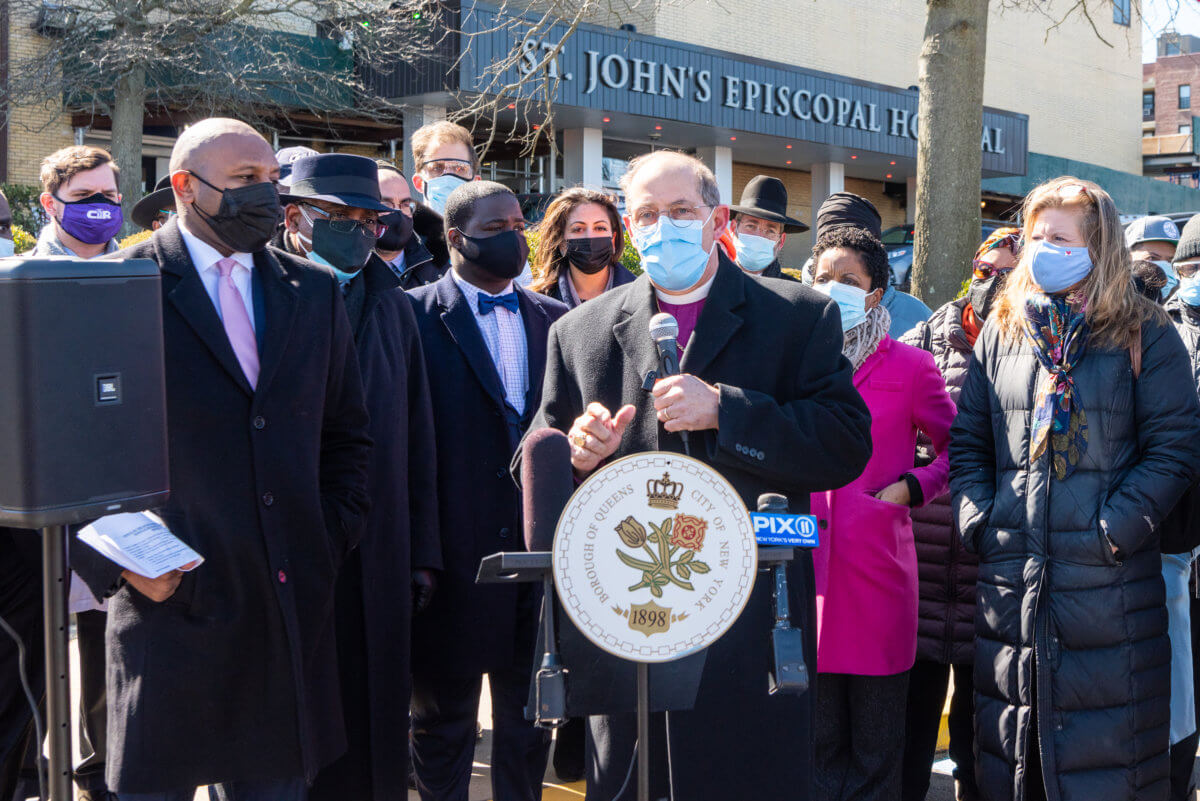
State Senator James Sanders encouraged the community to continue organizing to help build out the hospital and southeast Queens.
The nonprofit, privately run hospital primarily treats Black and Brown communities of the Rockaways who have been historically underserved and disproportionately impacted by the COVID-19 pandemic. It serves more than 130,000 residents in the peninsula.
All of the proposals presented to SJEH would have resulted in more than 1,000 jobs lost for the next fiscal year, which begins in April 2021. The hospital currently employs about 1,700 people, according to a SJEH official.
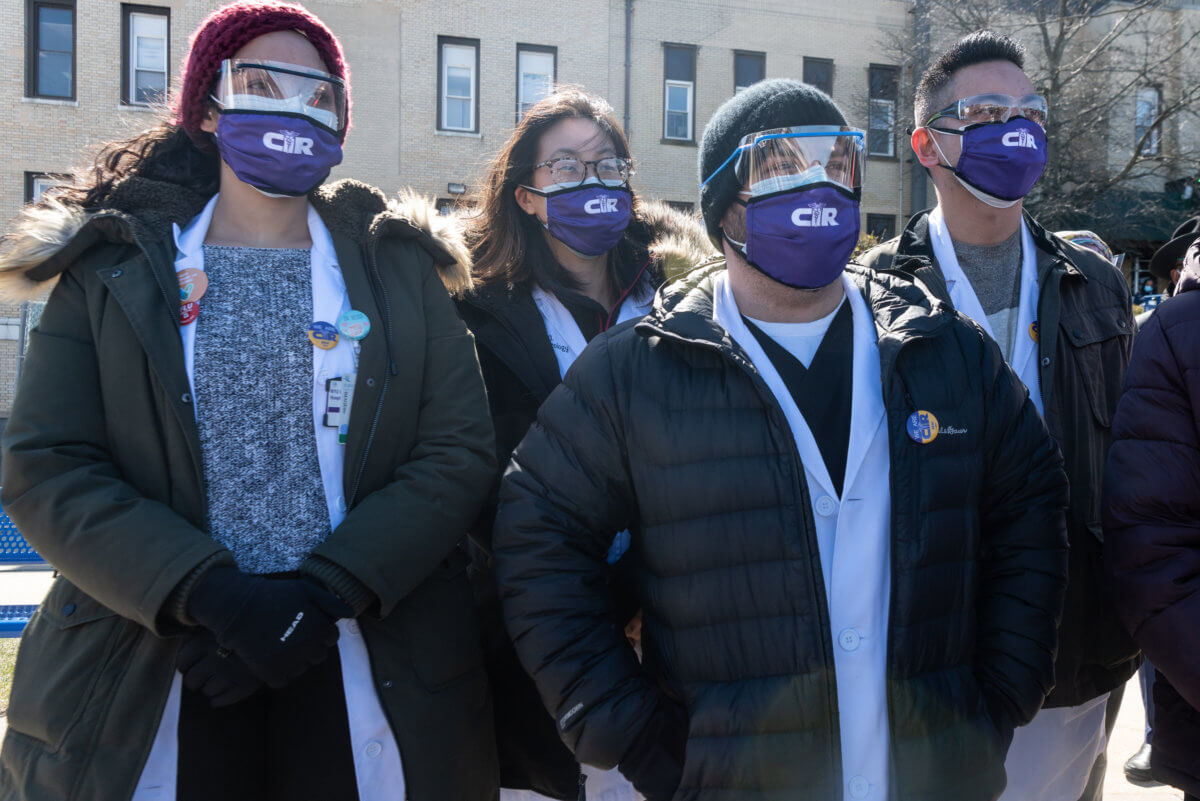
Assemblyman Khaleel Anderson called the reprieve a “temporary victory.”
“We cannot close our eyes to the threats that are being cast on this hospital,” said Anderson, adding the proposals showcased “medical racism.” “Healthcare is one of the largest employers in history on this peninsula, with over 44 percent of our employment on this peninsula being in the healthcare industry. A loss of this hospital would’ve been a loss of jobs, would’ve been a loss of livelihoods, would’ve been a loss of homes and it would’ve been a loss for our community.”
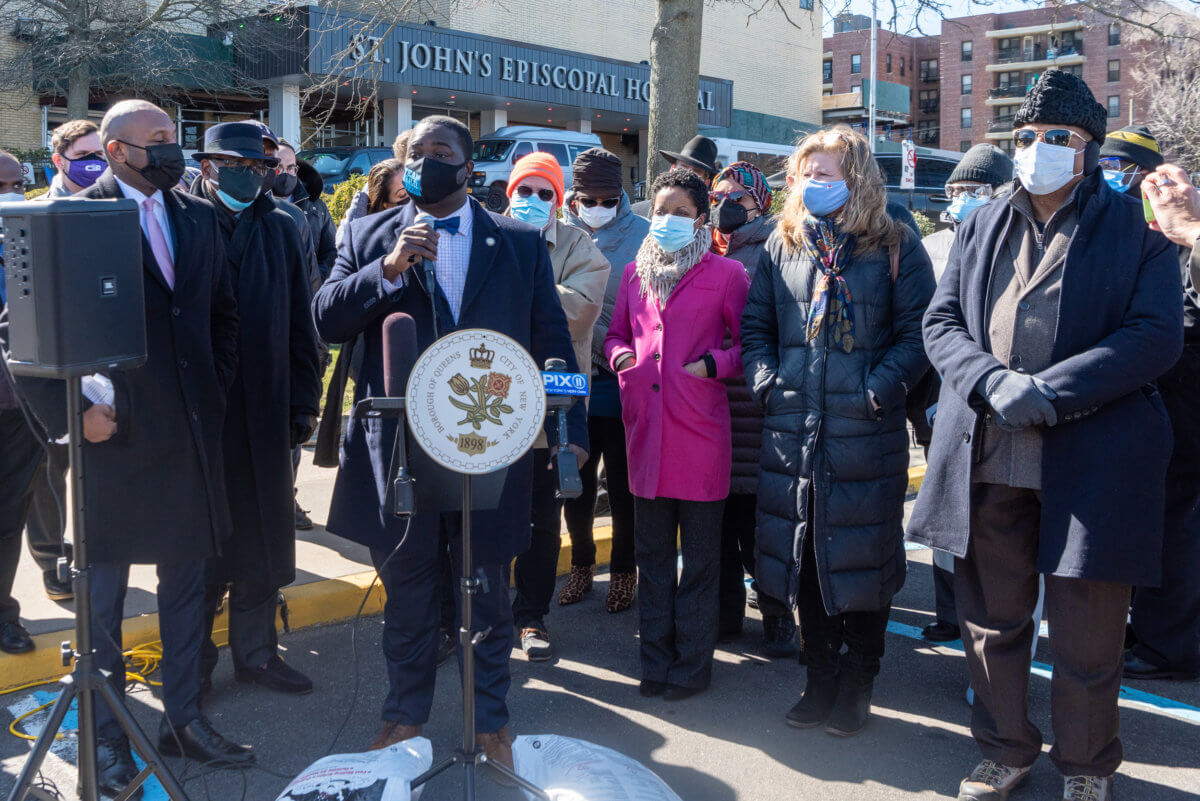
Dr. Germán Antonio Reyes, a representative of 1199SEIU who works at SJEH, said although news of the reprieve is good, there is still “a lot of work to do.”
“Rather than see our services diminished, we need to see St. John’s grow. We need to see the services provided to our community grow. We need to see this community protected and invested in, not under-invested in,” Reyes said.
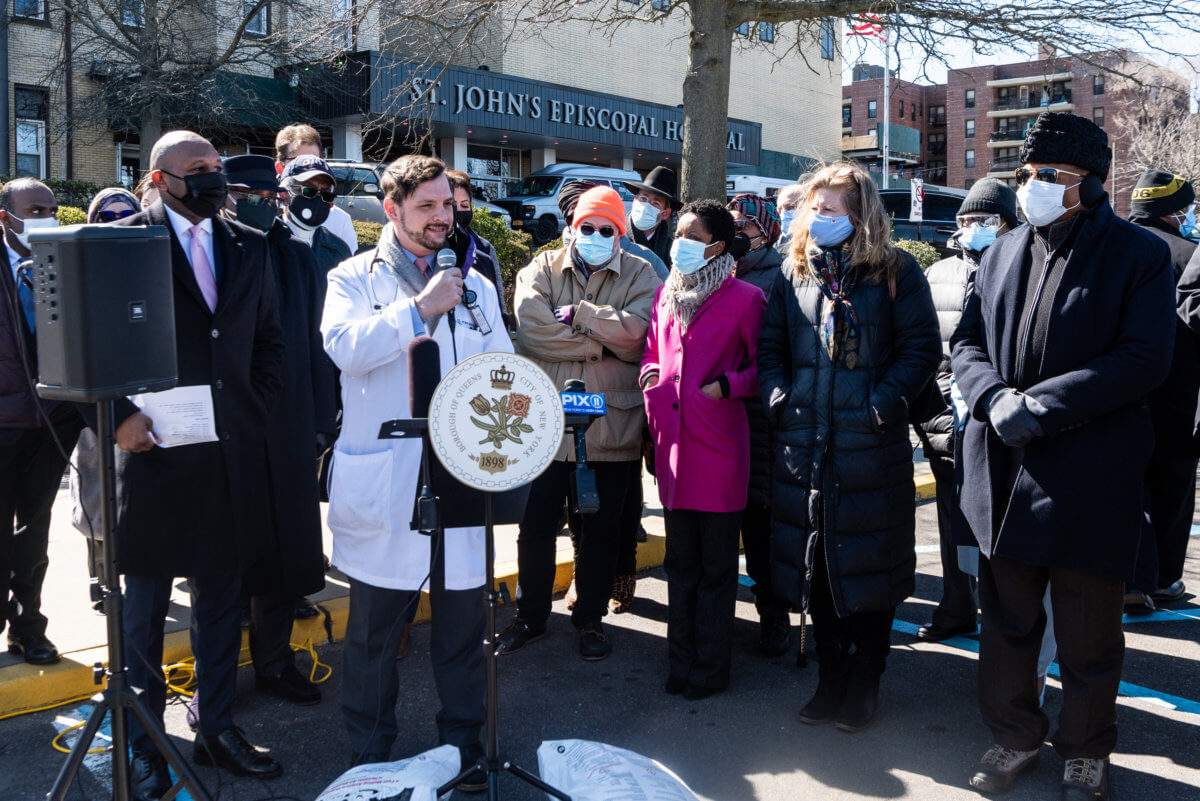
Anderson added that they have to “get stronger” on the role of private consultants negotiating their healthcare, referring to ToneyKorf Partners, LLC, the consulting firm paid for by the state that came up with cost-reduction measures for the hospital.
“There’s no rhyme or reason that private consultants almost got rid of our hospital, private consultants who have a track record of destroying healthcare in our communities,” Anderson said.
Bishop Provenzano also criticized the consulting firm and the state for not understanding the need of the immediate communities, even after SJEH provided a study by an outside firm indicating the need for more accessible healthcare.
“I think it’s important to understand that the underlying motivation here is for the state not to have to be fiscally responsible for the safety net hospital,” he said.
SJEH is located in the 11691 ZIP code, which includes the communities of Far Rockaway and Edgemere, and was ranked the second-most deadly in New York City at the height of the pandemic.
According to the NYC Department of Health and Mental Hygiene’s COVID-19 database, 11691 has recorded 418 confirmed COVID-19 deaths and has a fatality rate of 625 per 100,000 residents as of March 3 — the third- and fourth-highest of any ZIP code in New York City, respectively.
Richards said that lack of investment in healthcare is a borough-wide issue.
“We have the lowest hospital beds per capita. You look at the population here, we’re growing,” Richards said. “I visited just about all nine hospitals in Queens, you hear the same thing over and over again, the need for more hospital beds.”
NYSDOH’s spokesperson Erin Silk previously told QNS that they’ve increased funding for SJEH in the last two years, and have not required SJEH to implement any of the proposals.
“The Department looks forward to working with the leadership of St. John’s Episcopal, together with the workers, elected officials and other stakeholders, in reviewing these options, among others, to find a solution that will work for all parties,” Silk said. “In the meantime, the state is continuing to provide substantial operating support to St. John’s Episcopal.”

